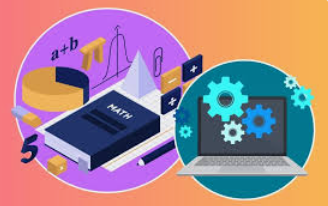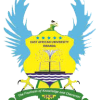
Description:
The Basic Mathematics for Computing module provides students with fundamental mathematical concepts and techniques essential for understanding and solving problems in computer science and information technology. This module serves as a foundation for computational thinking, algorithm development, and data analysis, equipping students with the mathematical tools required for programming, data structures, artificial intelligence, and other computing-related disciplines.
Students will explore key areas such as logic, set theory, functions, matrices, probability, number systems, and discrete mathematics, all of which play a critical role in the design and analysis of computer systems. The module also emphasizes practical applications, including binary arithmetic, Boolean algebra, and algorithmic problem-solving, which are crucial in areas like software development, database management, and networking.
Through lectures, problem-solving exercises, and hands-on applications, students will develop a strong mathematical foundation that will enhance their ability to write efficient algorithms, analyze data structures, and optimize computing processes.
Key Topics Covered:
-
Number Systems – Binary, octal, decimal, and hexadecimal conversions.
-
Set Theory and Logic – Boolean logic, logical operators, and their applications in computing.
-
Functions and Relations – Understanding mappings, recursion, and mathematical functions relevant to programming.
-
Matrices and Linear Algebra – Applications in graphics, cryptography, and machine learning.
-
Combinatorics and Probability – Counting principles, permutations, combinations, and their role in computing.
-
Graph Theory – Fundamental concepts used in networking, database structures, and AI.
-
Discrete Mathematics – Sequences, series, and algorithmic problem-solving.
By the end of this module, students will have a solid mathematical foundation for computing applications, allowing them to better understand programming logic, algorithms, and computational models, thereby preparing them for more advanced computing courses and practical industry applications.
Course code: CSE 2302
Level: 7,Trim 3
September Intake 2024/2025
Lecturer: Mr. MUKURU SSESSAZI ALFRED
Tel: 0786679403
Eaur.ass.ar@gmail.com
Learning Objectives:
Learning outcomes:
- Teacher: ict office

